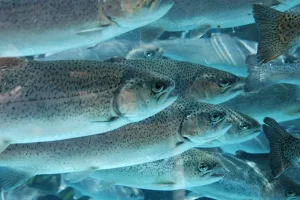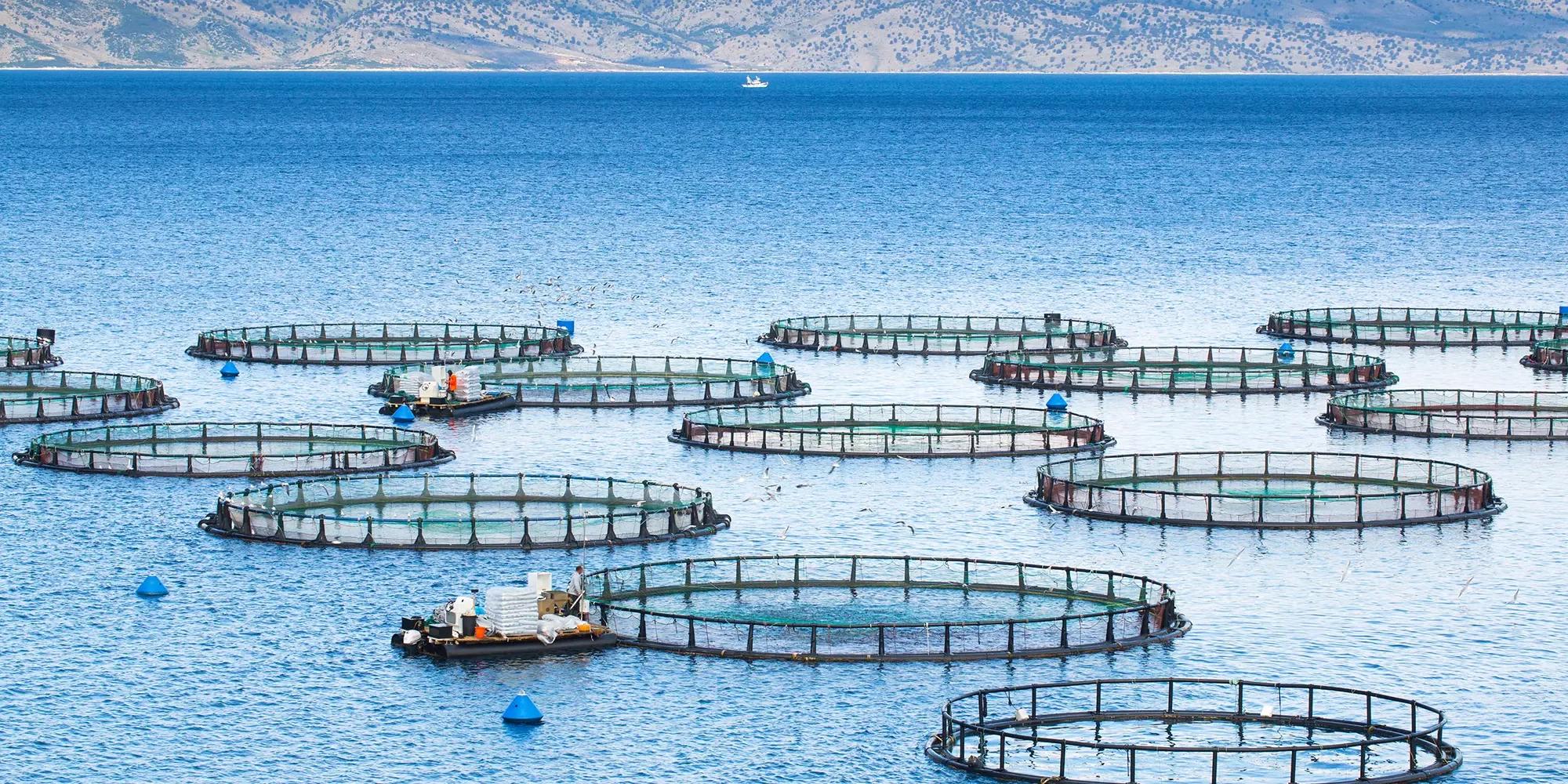Aquaculture, or fish farming, is an increasingly vital sector of the food industry, providing a sustainable source of seafood as global demand rises.
However, maintaining optimal water quality and fish health are significant challenges within aquaculture systems.
Chlorine Dioxide (ClO2) has emerged as a powerful solution, enhancing water quality and thereby improving the health and productivity of aquatic life. This article explores the benefits and application of Chlorine Dioxide in aquaculture.
The Importance of Water Quality in Aquaculture
 Water quality is crucial in aquaculture systems as it directly affects the health, growth, and survival of fish and other aquatic organisms. Poor water quality can lead to oxygen depletion, toxin build-up, and increased susceptibility to diseases, all of which can significantly impact farm productivity.
Water quality is crucial in aquaculture systems as it directly affects the health, growth, and survival of fish and other aquatic organisms. Poor water quality can lead to oxygen depletion, toxin build-up, and increased susceptibility to diseases, all of which can significantly impact farm productivity.
Common Water Quality Challenges in Aquaculture
Aquaculture systems often face several water quality issues, including:
- Microbial Contamination: Bacteria, viruses, and fungi can thrive in aquaculture environments, leading to disease outbreaks.
- Excessive Nutrients: High levels of nitrogen and phosphorus from feed can lead to algal blooms, which consume oxygen and produce toxins.
- Organic Waste: Accumulation of fish excrement and uneaten feed can degrade water quality, affecting both health and growth rates.
Chlorine Dioxide’s Role in Aquaculture
Chlorine Dioxide is a highly effective water treatment solution that offers several advantages for aquaculture:
- Superior Disinfection: ClO2 effectively eliminates pathogenic microorganisms without forming harmful by-products like trihalomethanes (THMs) and haloacetic acids (HAAs), which are common with traditional chlorine treatments.
- Algae and Biofilm Control: ClO2 prevents and controls algal blooms and biofilm formation in tanks and pipelines, ensuring cleaner systems and better water flow.
- Odour and Toxin Removal: Chlorine Dioxide neutralises unpleasant odours and reduces toxin levels in water, creating a healthier environment for aquaculture.
Implementing Chlorine Dioxide in Aquaculture
Integrating Chlorine Dioxide into aquaculture operations involves careful planning and management:
- System Design: Tailor ClO2 dosing systems to match specific water flow rates and tank sizes to ensure effective treatment.
- Monitoring: Regular monitoring of water parameters such as pH, temperature, and ClO2 concentration is essential to maintain optimal conditions.
- Safety Measures: Proper safety protocols must be in place to handle and apply ClO2 safely, protecting both workers and aquatic life.
Benefits of Using Chlorine Dioxide
The adoption of Chlorine Dioxide in aquaculture brings numerous benefits:
- Improved Fish Health and Yield: By maintaining high water quality, ClO2 helps to reduce fish mortality rates and increase overall yield.
- Regulatory Compliance: ClO2 helps aquaculture farms meet environmental standards regarding water discharge, ensuring compliance with regulatory requirements.
- Enhanced Product Quality: Healthier and stress-free fish lead to better quality seafood, meeting consumer expectations for taste and nutritional value.
Optimising aquaculture with Chlorine Dioxide is a proven strategy to enhance water quality and fish health. Scotmas provides specialised ClO2 solutions tailored to the unique needs of the aquaculture industry, helping operators maximise productivity while ensuring sustainability. Contact us for more information on how Chlorine Dioxide can benefit your aquaculture operations.






